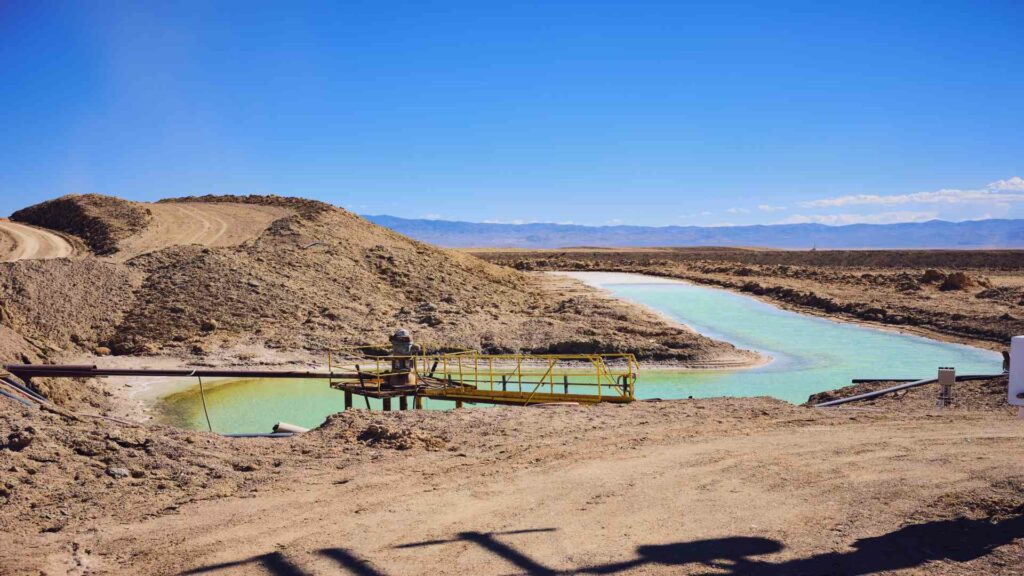Boron Nitride Reduces Harmful PFAS
Boron Nitride (BN) is an excellent catalyst for reducing harmful PFAs. An organic metal oxide breaks down these compounds into carbon dioxide and fluoride salt (like the type you put in toothpaste). Boron Nitride is highly reactive and is effective at removing these contaminants.
![]()
Boron and PFAs
What is PFAS?
Since the 1950s, man-made chemicals known as PFAS have been used worldwide in industry and consumer goods. Among the products that contain these chemicals are nonstick cookware, water-repellent clothing, stain-resistant fabrics and carpets, cosmetics, and some firefighting foams.
Perfluorooctanoic acid (PFOA) and Perfluorooctane Sulfonate (PFOS) are the most commonly studied PFAS. PFOA and PFOS have been phased out of production and use in the United States, but they may still be manufactured and used in other countries.
PFAS can migrate into soil, air, and water during production and use. Because many of these aren’t degradable, they persist in the environment. These substances are present at low levels in various foods and the environment due to their widespread use and persistence in the environment.
Their health effects have also been documented in several scientific articles. Despite the difficulty of proving that substances directly cause human health conditions, studies have noted that certain PFAS found in the environment may have adverse health effects on humans and animals.
Researchers are developing new kinds of these compounds that may have properties similar to some of the existing PFAS, some may not persist as long in the environment. The types and uses of PFAS change over time, making it challenging to track and assess how exposure to these chemicals occurs and how they will affect human health. One common concern of PFAS is that many break down very slowly and can build up in people, animals, and the environment over time.
PFAS are Harmful to the Environment and Humans
PFAs are toxic and have been linked to cancer. But the chemical is increasingly being used in many areas. The EPA has even mandated that PFOAs be removed from the water. The chemical is also used in water-based products.
PFAS are also persistent organic pollutants that can cause cancer. They bioaccumulate in the human body. They can be found in groundwater and surface water and can be absorbed into the human body. The chemicals can be found in all life forms and are toxic to humans. The researchers who discovered the chemicals at Rice University are developing a new catalyst that can help destroy these PFOAS.
The EPA has already begun the process for PFAS. They will now test Boron Nitride on simulated and natural water. This approach can be applied to PFAS-contaminated drinking water. Its biodegradability will be a significant benefit to the environment. This is a potentially important breakthrough in the fight against PFAS in drinking water. And if it passes all these tests, the EPA may even be able to lower the safety limit to 70 parts per trillion.
The multi-step process will also include adsorption and degradation. The first step of the process will involve the PFOA and PFAS onto a sticky membrane. Once the adsorption stage is complete, the PFOAS will be eliminated by photocatalysis. The second step will be the destruction of PFOA and PFOAS in the water.
PFAS are commonly found in contaminated water sources such as private wells. Eating fish from contaminated water will expose you in dusty environments. Alarmingly, packaged foods can expose you as well.
Boron Nitride
Boron Nitride is an excellent photocatalyst for the degradation of PFAS. The method has been proven to be helpful in the treatment of wastewater and other dirty water. The process is quick and can take only an hour.
Although boron nitride is known to destroy PFOAs, it can also eliminate PFOAs and GenX, which were previously thought to pose an environmental threat. However, boron nitride has not been effective in breaking down GenX, which is just as harmful to the environment. Fortunately, researchers are developing ways to improve the catalyst’s efficacy.
Research
Chemical engineers at Rice University have found a catalyst that can break down PFAS in water. This new technology could lead to more stringent limits on PFOAS in the future. The researchers plan to further research chemical catalyst effectiveness.
The researchers used ultra-violet light with 254 nanometers to degrade , specifically PFOA and PFAG. They tested this in two groups and concluded that boron nitride could successfully reduce PFASs.
Several failed experiments with PFAS catalysts led to the discovery. Although none of the experimental groups performed well, researchers noticed that the boron nitride control performed differently. After completing the experiments numerous times, they ruled out possible errors, problems with sample preparation, and other possible explanations for the strange result. The results remained the same.
“Let me make an observation,” Wong said. This process requires only air, contaminated water, Boron Nitride powder, and UV-C light with a wavelength of 254 nanometers is used. After four hours, you see that 99% of the PFOA has been transformed into fluoride, carbon dioxide, and hydrogen. “We only need to expose it to UV-C light with a wavelength of 254 nanometers, and in four hours, 99% of the PFA will be transformed into fluoride, carbon dioxide, and hydrogen.”
It was the light that caused the problem. A wavelength of 254 nanometers, commonly used in germicidal lamps, is too short to activate the bandgap in boron nitride. Despite that, the experiments suggested it was not possible.
“Without light, you don’t have catalysis,” said Wong. “If you use only light and leave out the powder, you do not get a reaction.”
Even though it is optically impossible for boron nitride to absorb 254 nanometers of UV-C light, the boron nitride absorbed the light and catalyzed a reaction that destroyed PFOA.
A growing body of research about PFAS is also being conducted and reviewed by scientists at EPA, other federal agencies, and academia and industry. The research continues.





